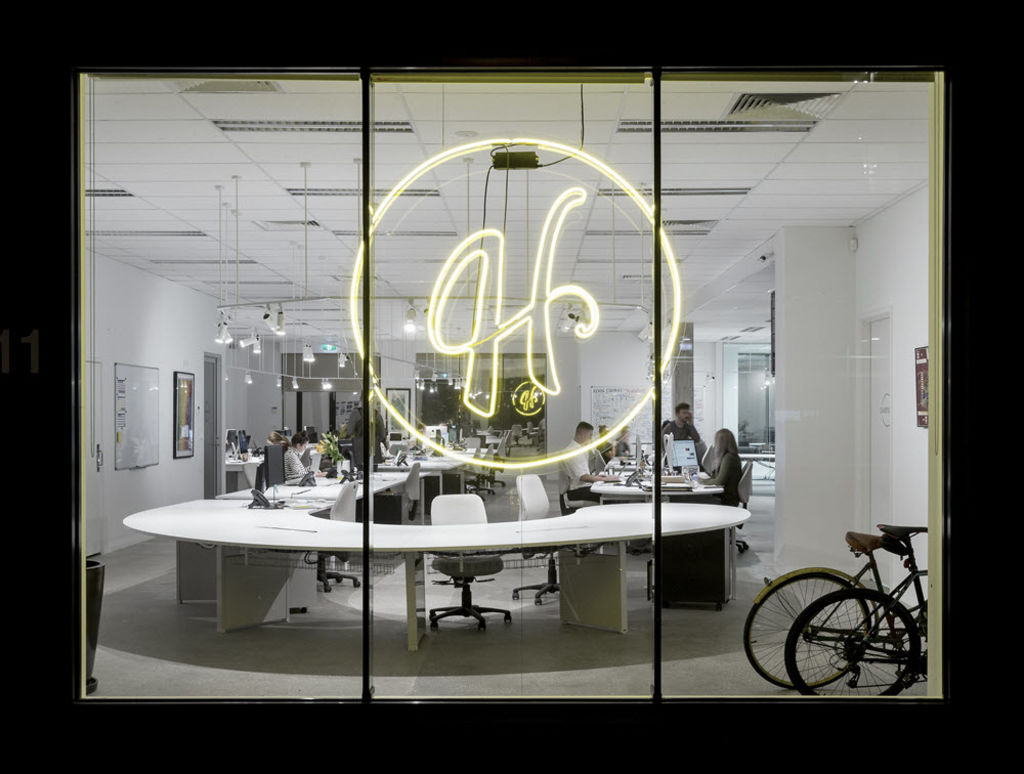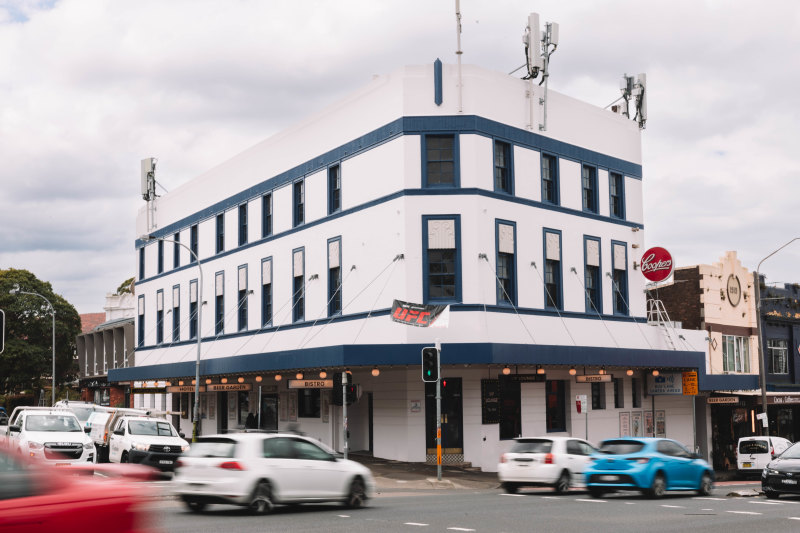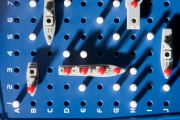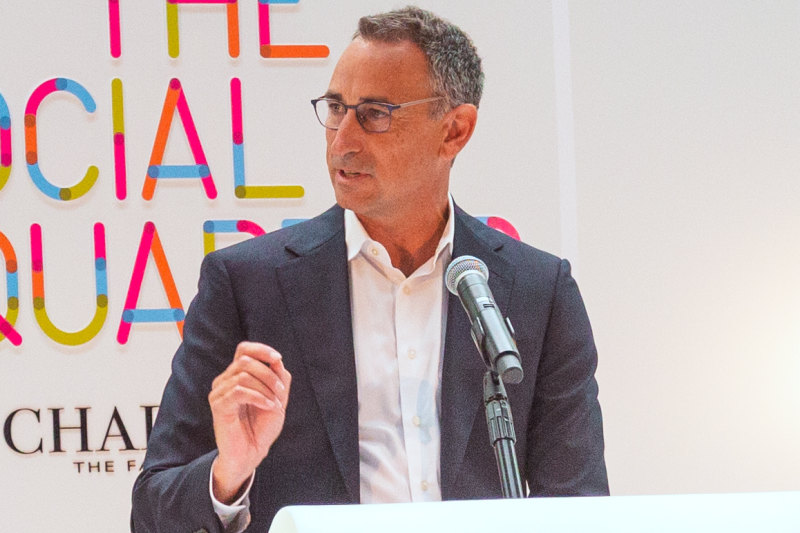
Using behavioural science to get workers back to offices after covid lockdowns
Our leadership team has decided it’s imperative that we slowly start to return to our beloved Prahan office while maintaining lots of the flexibility and autonomy we’ve enjoyed over the last 12 months.
There is a myriad of reasons for this: building cultural capital with our new hires, giving our junior team members the career development they’ve been craving and deserve, team building, idea sharing, not to mention that five-year lease renewal we signed at the end of 2019.
At the start of the pandemic came a sense of trepidation; could we maintain the same level of service and creativity as our team of 40 bunkered down in makeshift home offices? Yet as we found our rhythm, it turned out we could, we did, and we even exceeded our expectations of growth.
Now, the problem is reversed; how do we motivate our team to feel simultaneously at ease and excited about a return to our office when their default position is to fall out of bed, open the laptop and be at work?
These are questions being asked at an individual company level, an industry level and a societal level.
Yet despite government directives that employers are no longer obliged to allow employees to work from home, returning to the office has still yet to be normalised. Not surprising when we see near-empty rush-hour trains, people-bare cityscapes and our clients working from their kitchens on Zoom.
For office life to ever feel commonplace again, we need social proof.
This concept from behavioural economics articulates how we as humans adapt our behaviour according to what we witness other people doing.
At its core, it is the visceral way babies learn to walk and talk by imitating their parents. As adults, we imitate others when we are in an unfamiliar setting. For example, at a fine dining establishment with too many knives and forks, or at an unfamiliar religious ceremony, where you naturally look to others and follow suit, assuming that if they are doing it, then it must be right. Like returning to the office.
Putting social proof to work will help us re-normalise heading into the office, and doing it can be as simple as amplifying the small behaviours we want to encourage. Even if it’s just one team now working on-site or a hybrid onsite/offsite model, promoting the fact that people are now coming together again – be it through internal comms, social media or PR – can rapidly help others feel like this is how it’s supposed to be.
As well as amplifying your intent, another behavioural economics heuristic to take into account is ‘peak end rule’. This is the idea that we remember experiences based on the emotional peaks and the endings, rather than how we felt throughout them. So it is worth being deliberate about the memories we create, especially in the early stages of returning to the office.
It’s critically important to factor in how people are going to remember returning to the office, especially when they’re inevitably asked, “How was your first week back?”
We have an obligation to make sure we give our employees something good to say on the initial return. For example, we had a brilliant planning session which could never have been that good on Zoom; we had a wonderful team lunch where we all reconnected; I got to catch up with everybody over a fancy afternoon tea with the best scones or, even better, we had office drinks after work on a Monday!
The final heuristic worth bearing in mind is the projection bias, which refers to our belief that our future selves will have the exact same set of preferences and priorities that our current selves do. To a large degree, projection bias is what made many of us so scared to work from home in the first place.
While the first few trips back to the office will undoubtedly feel strange, we know that it’s only a matter of time before we rediscover the creativity, camaraderie and joy of coming home energised by other excited people, as opposed to fatigued because you’ve been staring into a screen.
That’s worth returning to the office for.
Dan Monheit is co-founder of Hardhat and an expert in behavioural science.
Get a weekly roundup of the latest news from Commercial Real Estate, delivered straight to your inbox!






